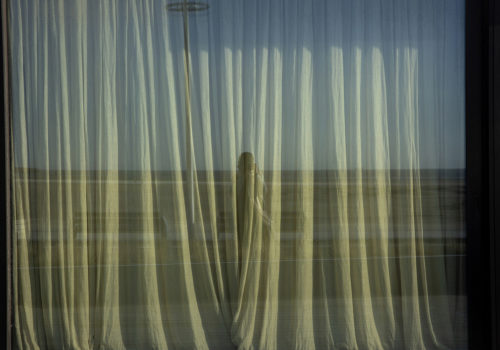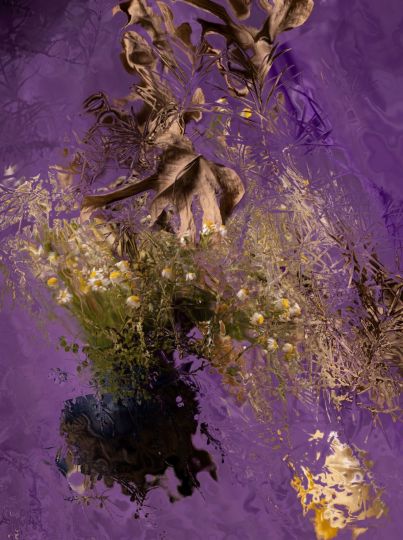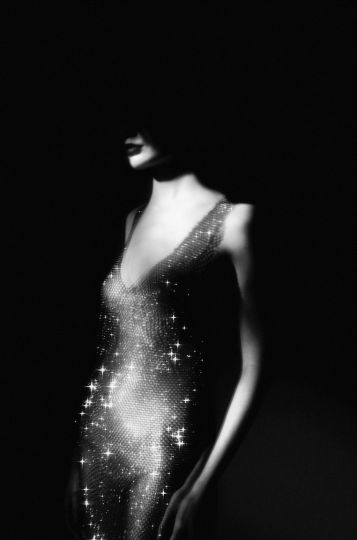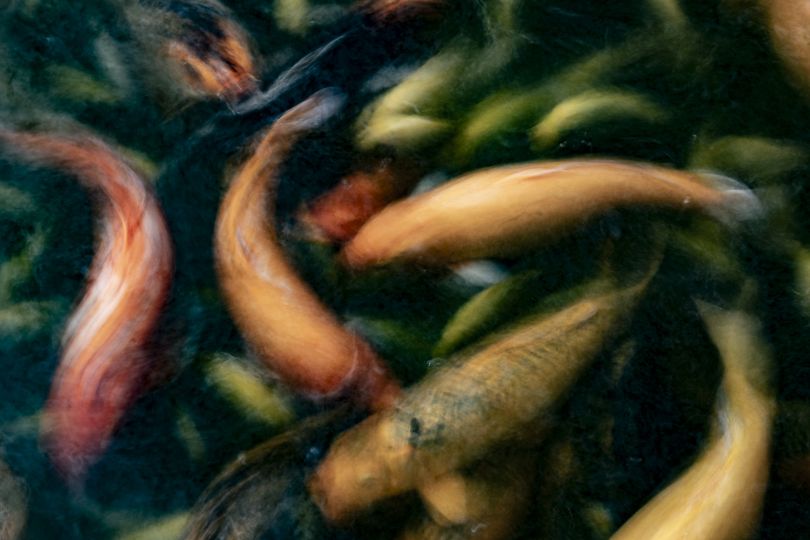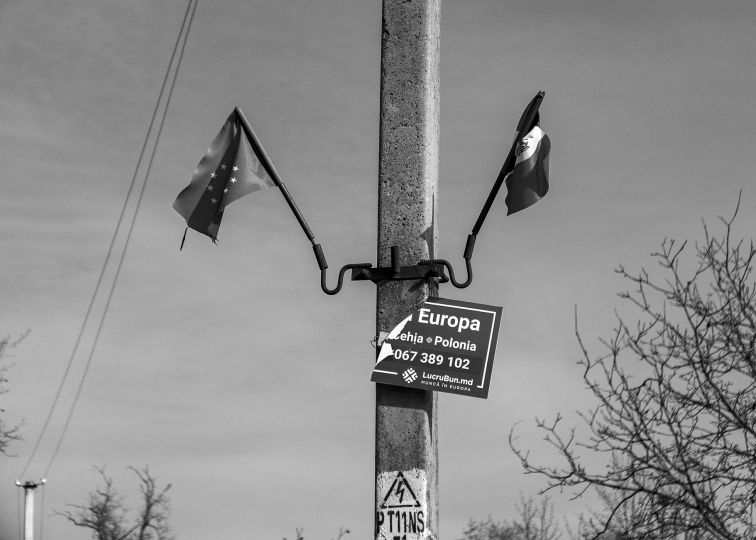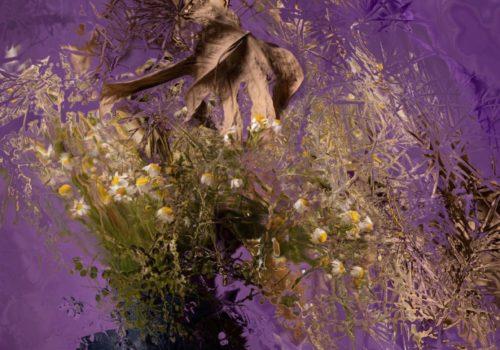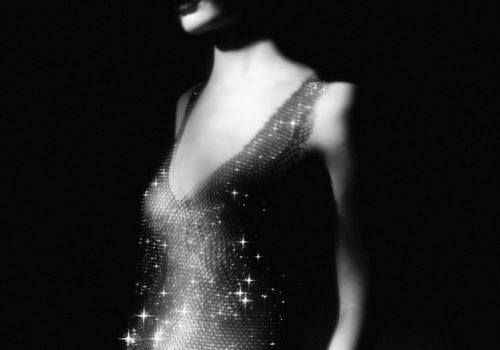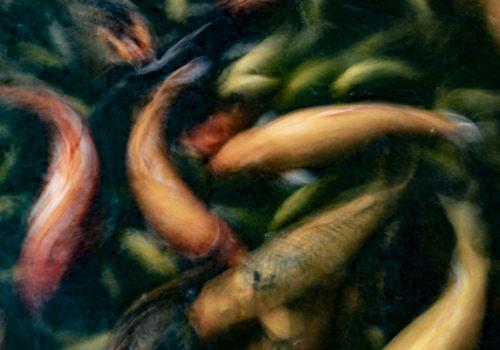For the great Symbolist author Georges Rodenbach (1855-1898) the city was the background, the landscape and the subject of his novel in his masterpiece Bruges-la-Morte (1892). His protagonist Hugues Viane flees the decadence of the big city to a sleeping small-town community where a suffocating piousness reigns. In Bruges, Viaene seeks solace for the loss of his wife, but his sanctuary becomes the place of his downfall.
The tale appeared in serial form in the Parisian newspaper Le Figaro, as was common with many books at that time. The first edition in book form was innovative: it became the first novel in which photographic illustrations were an integral part of the publication. Strangely enough, Rodenbach did not opt for work by contemporary photographers, Pictorialists such as Marissiaux, Misonne, Alexandre, Dubreuil or Demachy, but picked images from the catalogue of the well-known Parisian studio and publisher (of e.g. postcards) Neurdein. The front plate was illustrated by the famous Symbolist artist Fernand Khnopff (1858-1921) for Rodenbach, and it the strengthened the spirit of Symbolism through the work.
Today, Bruges is no longer la-Morte – it has become an economic centre with a very diverse range of activities and over 8 million tourists every year. And then comes the infamous word: Corona. No more visitors, companies are obliged to close their doors, residents are only allowed outside for essential trips within a limited area.
It may seem odd – the first lockdown was the perfect biotope for Nele Van Canneyt (1973): her work is characterized by a silent world where human presence becomes a footnote, a passer-by. It gives you a sense of alienation, of a surreal world. Nele has a thing for cities, from Latin America over Cuba to Canada or from Russia to Japan. As an impatient traveller, it must be hard for her to have to sit at home.
Just (by accident?) she is commissioned to portray Bruges in Corona times – and this is where the parallel with Rodenbach begins. The streets are dead, the doors closed, no stray dog to be seen. And so the photographer rediscovers Bruges, but in its desolation. She wanders through the medieval city, through the suburbs, through the seaport of Zeebrugge, along the seafront. She discovers places she doesn’t remember if she’s ever been there, she discovers well-known sights from a whole new point of view. The quiet streets will once again become decor, subject and mirror. The resemblance to Rodenbach is continued in the title of the exhibition Inner Land. There is a subtle interaction: emotions colour the photographer’s perception and images, and through what she sees she sets off on an inner journey.
Van Canneyt likes to roam the streets. It seems to her as if she is waiting during the day for the night, maybe even it’s a longing for the blanket of the night. She doesn’t search to compose her images, but waits for the moment, for the coincidence of circumstances – a description of serendipity. Throughout her work we see a glimpses of well-known images, here of a backdrop by Edward Hopper, there a traveller from Walker Evans or a lonely woman of Eve Arnold. But Nele Van Canneyt builds her own oeuvre, her own visual language, her compositions. She’s thinking about a book right now – I am looking forward to it being published.
Nele Van Canneyt: Inner Land
until 4/25/2021
Museum Arentshuis, Bruges, Belgium
Dijver 16, Brugge 8000, Open daily 09:30-17:00
Tickets can be bought in advance through https://www.museabrugge.be/en/visit-our-museums/tickets-en-reservaties-1-5
https://www.museabrugge.be/en/calendar/exhibitions/nele-van-canneyt-op-pad-in-leeg-brugge
Members can see some more of this exposition in https://loeildelaphotographie.com/en/musee-bruges-nele-van-canneyt-inner-land-dv/

